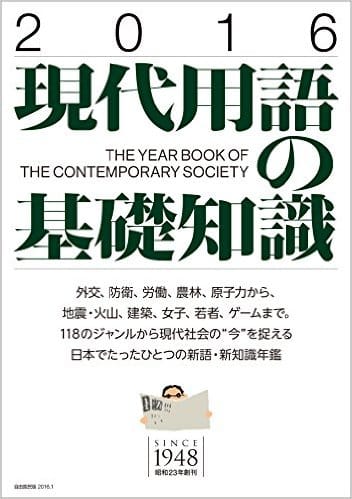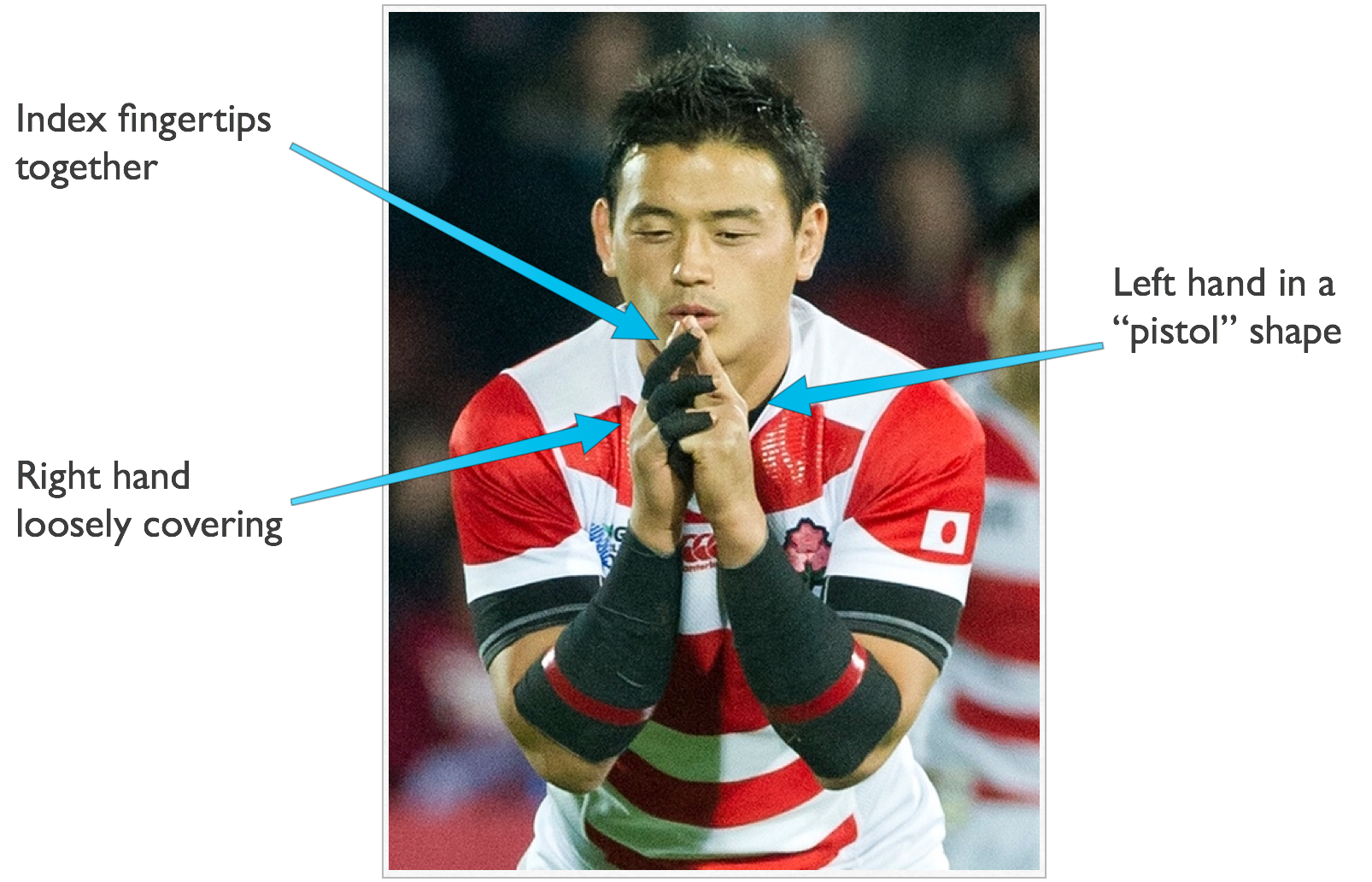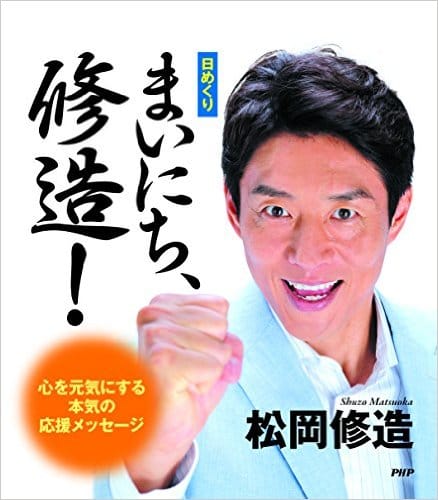U-Can Japan New Words and Buzzwords
... for 2015
I love autumn in Japan for various reasons: the crisp weather, the excellent food, the approach of the holiday season. And “new words and buzzwords”!
Fall marks when the annual “U-Can New Words and Buzzwords” Japan neologisms list (1) comes out from Jiyukokuminsha Publishing. Changes to language are inevitable, and the Japanese are particularly creative in producing more new words and variants each year.
Let’s take a look at a few of them, and for the nihongo learners among you, check out the little glossary at the end.
Grand Prix
The 2015 Grand Prize winners were:
- Bakugai
- Toripuru Surii
Bakugai


This means “explosive buying” (2), and was meant to describe the voracious buying done by visitors to Japan from China. Well-off Chinese come to Japan, buy suitcases, and fill them full of goodies to take back.
Of course retailers would not be complaining that their entire stock is getting purchased, but sometimes this is genuinely a problem for locals, when visitors buy up all stock of something like diapers. Gaman gaman.
Toripuru Surii
The “triple three” (3) is a seasonal baseball record, when a player bats better than .300, hits more than 30 home runs, and steals more than 30 bases, hence 3-3-3 for the triple-three name. Tetsuto Yamada of the Tokyo Yakult Swallows and Yuki Yanagita of the SoftBank Hawks achieved this rare feat.
There’s a Japanese page on Wikipedia that lists the record-holders. Having two in one year is rare, and it happened in 1950 in Japan, and a little more regularly in the US major leagues. The US majors even had a year in which three players achieved this: 2011. The player with the most triple-threes is Barry Bonds, at 3.
Selections from the Top Ten
Here are a couple more from the top ten.
Enburemu
When Kenjiro Sano was accused of plagiarism for his 2020 Tokyo Olympics logo, the romanized version of the word emblem, “enburemu” (4), was bandied about in the news.
It’s surely emblematic of a larger, Olympic-sized corruption problem, though, and so far, the 2020 games planning has been quite the farce.
Goromaru Pozu


It was great to see Japan do well in the Rugby World Cup, and as it proceeded, we saw a lot of man-in-the-street interviews asking people if they knew how to do Ayumu Goromaru’s famous pose. It was typically Japanese and always humorous that they had diagrams and demos showing people how to do the “Goromaru Pose” (5) correctly. Goromaru himself even played into it, testing people and making sure they knew.
Well, I’m a cool guy, so I made a handy annotated “how to do the Goromaru Pose” screenshot. Print it out and hang it up, so you’ll never get it wrong!
SEALDs
The Students Emergency Action for Liberal Democracy group is a youth protest group that brought thousands to Nagatacho to protest the Abe Government’s legislative changes to Article 9 of the constitution.
Indeed, to quote another winning phrase, “Abe seiji wo yurusanai” (6) or “We will not tolerate Abe’s politics”. Keep repeating that like a mantra, while they do what they want anyway.
Mainichi Shuzo!


Shuzo Matsuoka is a former tennis pro, who’s been a fixture on Japanese TV for as long as I can remember. He’s insanely “high tension” I’d say, but, he’s a great coach, quite the charismatic personality, and especially knows how to motivate kids. I’m always impressed how he tailors his coaching perfectly to each kid he is coaching on TV.
Anyway, the “Mainichi Shuzo” (7) is a page-a-day calendar, so you can get your daily fill of motivation from the man himself.
There is even a parody of this by a comedian called Hiroshi, who is famously negative. It’s called (what else?) “Mainichi Negative”.
The Whole Enchilada
Nihongo learners, I hope you’ll keep your eyes peeled for this competition every year. You can buy the book these phrases are gleaned from at Amazon; it’s called “現代用語の基礎知識2016”, or “Basic Knowledge on Modern Phrases 2016” (8).
Reference for Nihongo Learners
- ユーキャン新語流行語大賞、しんごりゅうこうごたいしょう、shingo ryuukougo taishou
- 爆買、ばくがい、bakugai
- トリプルスリー、toripuru surii
- エンブレム、enburemu
- 五郎丸ポーズ、ごろまるぽーず、goromaru pozu
- アベ政治を許さない、あべせいじをゆるさない、Abe seiji wo yurusanai
- まいにち、修造!、まいにちしゅうぞう、Mainichi Shuzo
- 現代用語の基礎知識2016、げんだいようごのきそちしき、Gendai Yougo no Kiso Chishiki